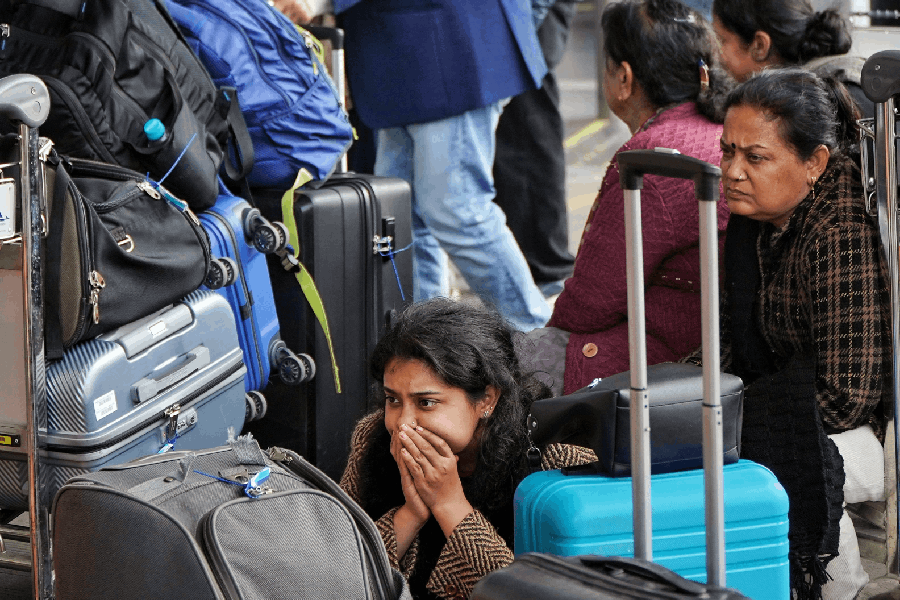The Supreme Court has ruled in a landmark verdict that the office of the Chief Justice of India is a public authority covered by the provisions of the Right to Information Act. But the top court also laid down that confidentiality and the right to privacy for judges need to be preserved.
The five-judge bench, headed by Chief Justice of India Ranjan Gogoi, said names of the judges who come up for consideration before the collegium would be made public, but that more details, such as the reasons for them being recommended, would not be disclosed.
The unanimous judgment emphasised that “in a constitutional democracy, judges cannot be above the law” and also that “transparency doesn’t undermine judicial independence”.
At the same time, the ruling said that while “nobody wants to remain in a state of darkness… the question is drawing a line. In the name of transparency, you can’t destroy the institution”.
The ruling means, amongst other things, that judges will now have to disclose their assets as do other civil servants. But the Supreme Court said that only limited information would be revealed about the functioning of the court’s collegium and its reasons for selecting or rejecting judges for promotion.
Reading out the majority judgment, Justice Sanjiv Khanna said: “(While) public interest demands disclosure, judicial independence must be kept in mind. Judicial independence and accountability go hand-in-hand.”
The five-judge bench also included Justice Deepak Gupta.
Justice D.Y. Chandrachud and Justice N.V. Ramana delivered separate concurring opinions. Justice Ramana said: “The judiciary needs to be protected from attempts to breach its independence. Such interference requires calibration of (the) appropriate amount of transparency in consonance with judicial independence.”
The right to privacy was also a crucial factor, the judges added, that had to be kept in mind and balanced with the need for transparency and that RTI can’t be used as a means of surveillance.
The Supreme Court ruling followed an appeal of a judgment delivered by a three-judge bench of the Delhi High Court in 2010 that said the Supreme Court of India and the chief justice of India were “public authorities” and thus covered by the RTI Act. The appeal was lodged by the Supreme Court secretary-general and the court’s central public information officer.
The case had come to the Delhi High Court following a demand by RTI activist S.C. Agarwal for details about the appointments of three judges, R.M. Lodha, H.L. Dattu and A.K. Ganguly. He had sought a copy of the resolution of the Supreme Court which requires that all judges declare their assets. The Chief Information Commission had ruled that the information should be released.
The Supreme Court ruling, according to senior lawyers, means that RTI petitions can be filed relating to information regarding such matters as to how many cases are pending before a court. “Each question has to be tested (to see) whether it is covered by the exemptions granted under Section 8 of the RTI Act,” said Vanita Bhargava, partner, Khaitan & Co.
The Supreme Court case was heard in April and reserved for judgment. The decision is one of a series of major rulings due before Justice Gogoi retires on November 17.











